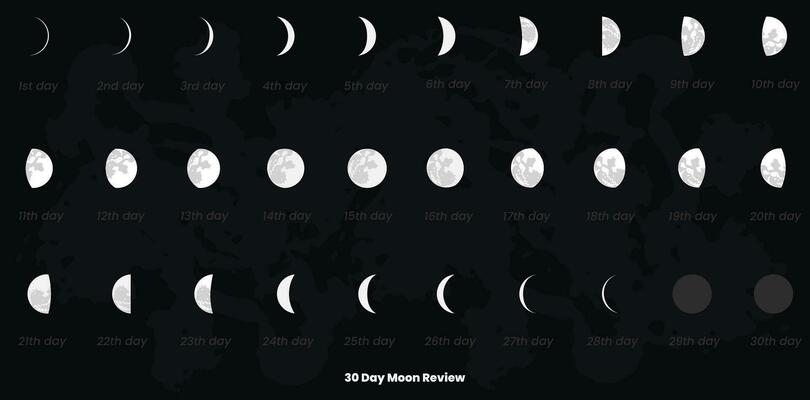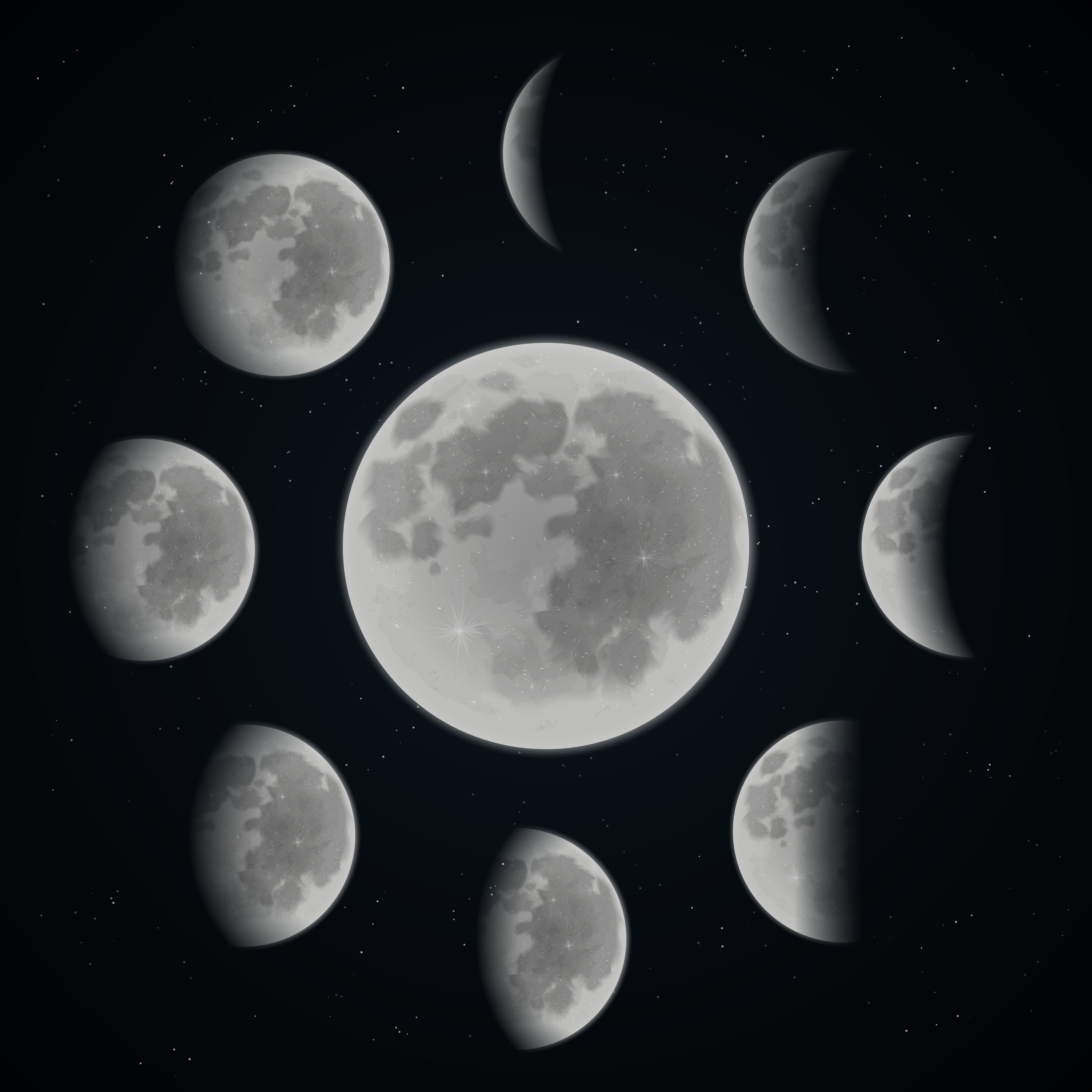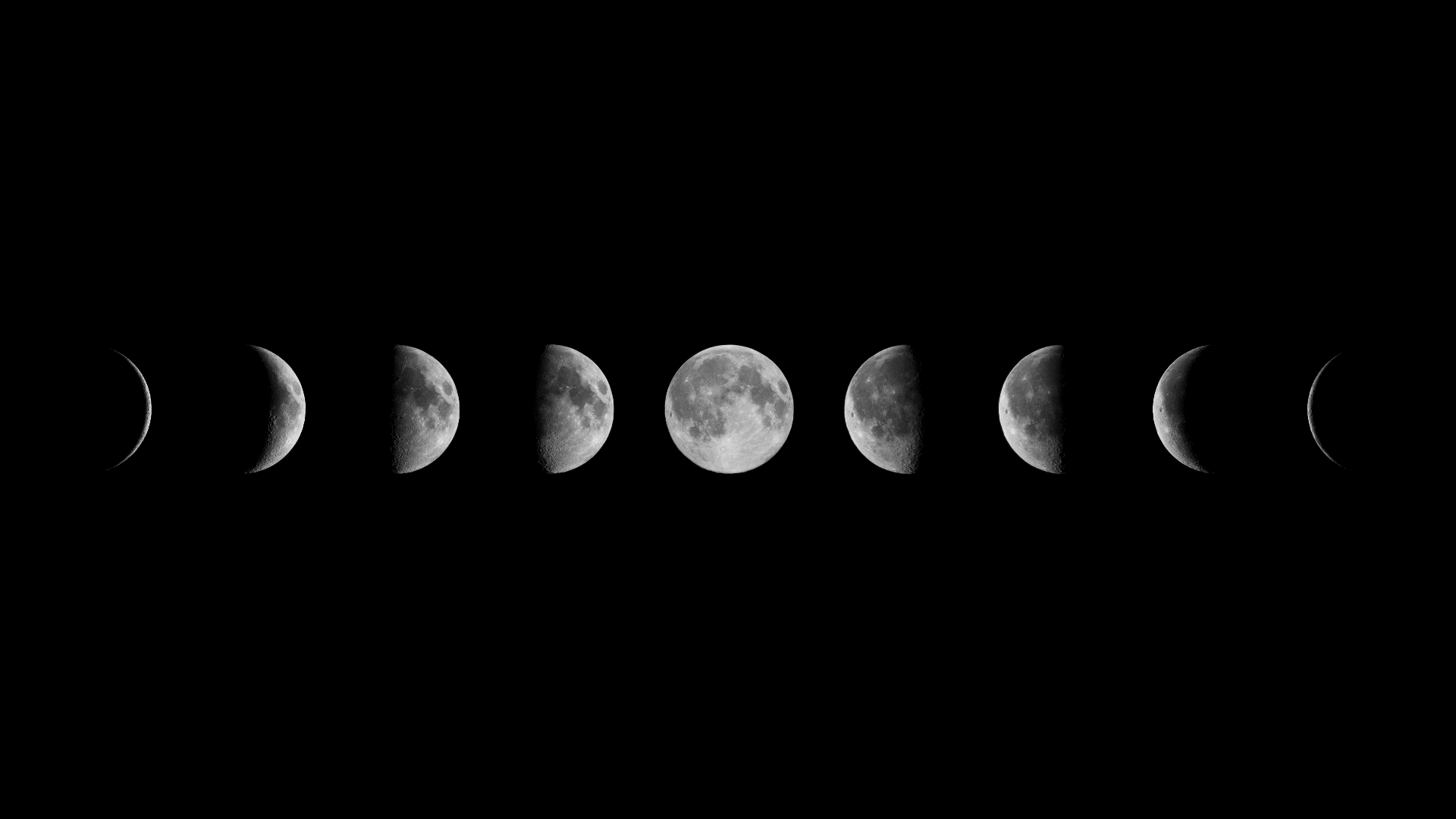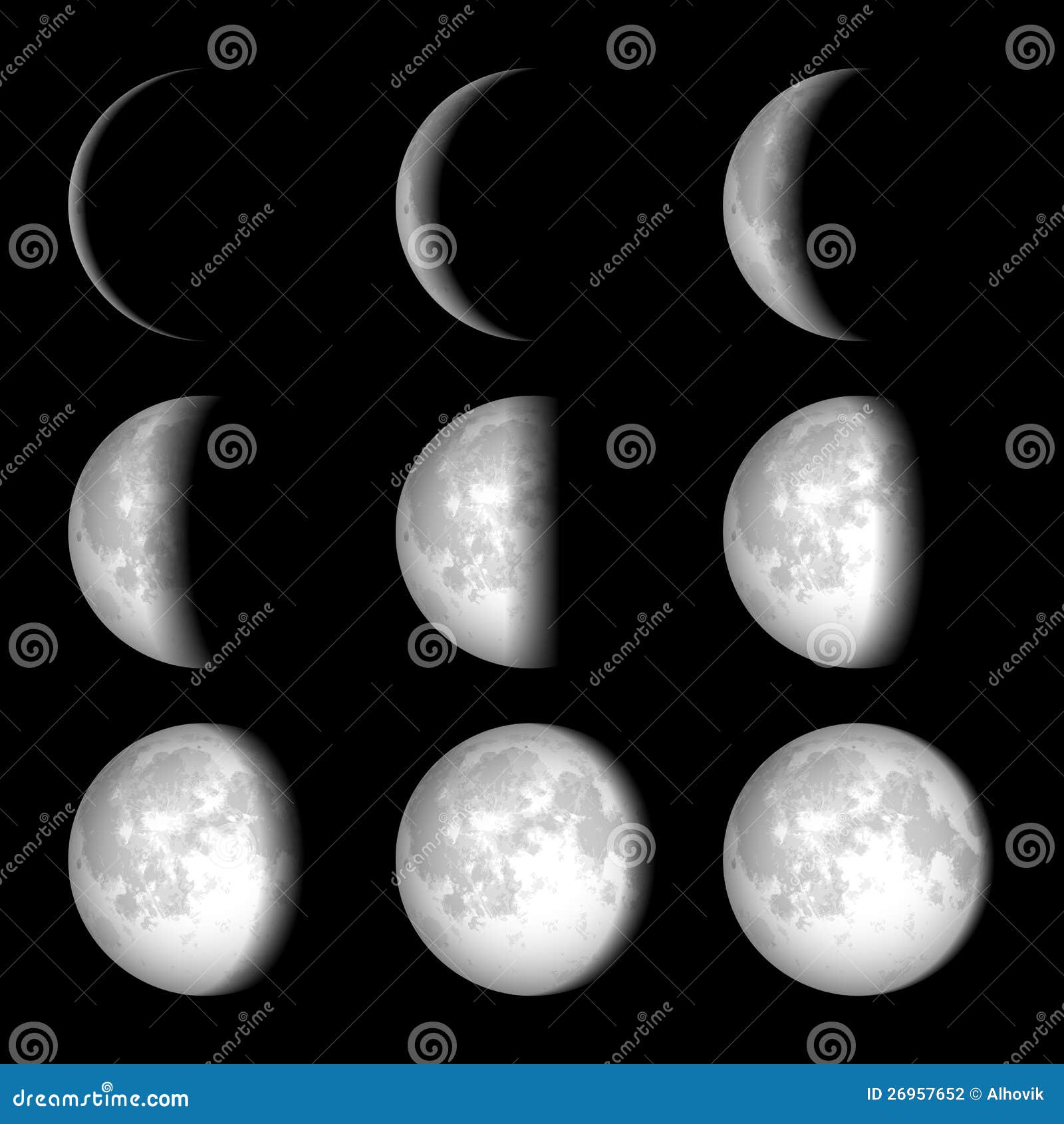Table of Contents
- Moon Multimedia Phases Of The Moon - vrogue.co
- 7 Ways Nature Can Help Beat the Winter Blues - Tomorrow's World Today®
- Moon Phases Vector Illustration | CartoonDealer.com #26957652
- Exploring the Lunar Phases: From New Moon to Waning Crescent - Moon ...
- Free Vector | Lunar phase calendar
- Moon Phase Calendar Vector Art, Icons, and Graphics for Free Download
- Apa Itu Moon Phase dan Cara Membuatnya?
- Premium Vector | Moon phases, calendar of lunar cycles.
- Phases of the moon – year-struck
- The Original Lunar Phase Calendar



What are Moon Phases?




Current Moon Phase


Monthly Moon Phase Calendar
A monthly moon phase calendar is a handy tool for tracking the lunar cycle. By consulting a moon phase calendar, you can stay up-to-date with the current moon phase and plan accordingly. Here's a brief overview of what you can expect from a typical monthly moon phase calendar: New Moon: The beginning of a new lunar cycle, marked by the moon's invisible phase. Full Moon: The midpoint of the cycle, where the entire face of the moon is illuminated. Quarter Moons: The first and last quarters, where the moon appears half-illuminated. Waxing and Waning Phases: The periods between the new moon and full moon (waxing) and full moon and new moon (waning).
Practical Applications of Moon Phases
Understanding the moon phases has numerous practical applications. For instance: Fishing and Boating: The full moon and new moon phases can affect the tides, making it essential for fishermen and boaters to plan their activities accordingly. Gardening: Planting and harvesting can be influenced by the moon's phases, with some gardeners swearing by the lunar cycle to optimize their crop yields. Astronomy: Knowing the moon phases is crucial for stargazers, as it helps them plan observations and minimize the moon's interference with celestial objects. The moon's phases are a fascinating aspect of our lunar companion's behavior. By understanding the current moon phase and consulting a monthly moon phase calendar, you can tap into the secrets of the lunar cycle. Whether you're an astronomer, a gardener, or simply someone who appreciates the beauty of the night sky, the moon phases offer a wealth of knowledge and practical applications. So, next time you gaze up at the moon, remember the intricate dance of light and shadow that makes its phases so captivating.Stay tuned to our website for more articles on astronomy, space exploration, and the wonders of the universe. Don't forget to follow us on social media to get the latest updates and insights into the world of space and science.
Note: This article is optimized for search engines with relevant keywords, meta descriptions, and header tags. The content is informative, engaging, and provides valuable information to readers interested in moon phases and astronomy.